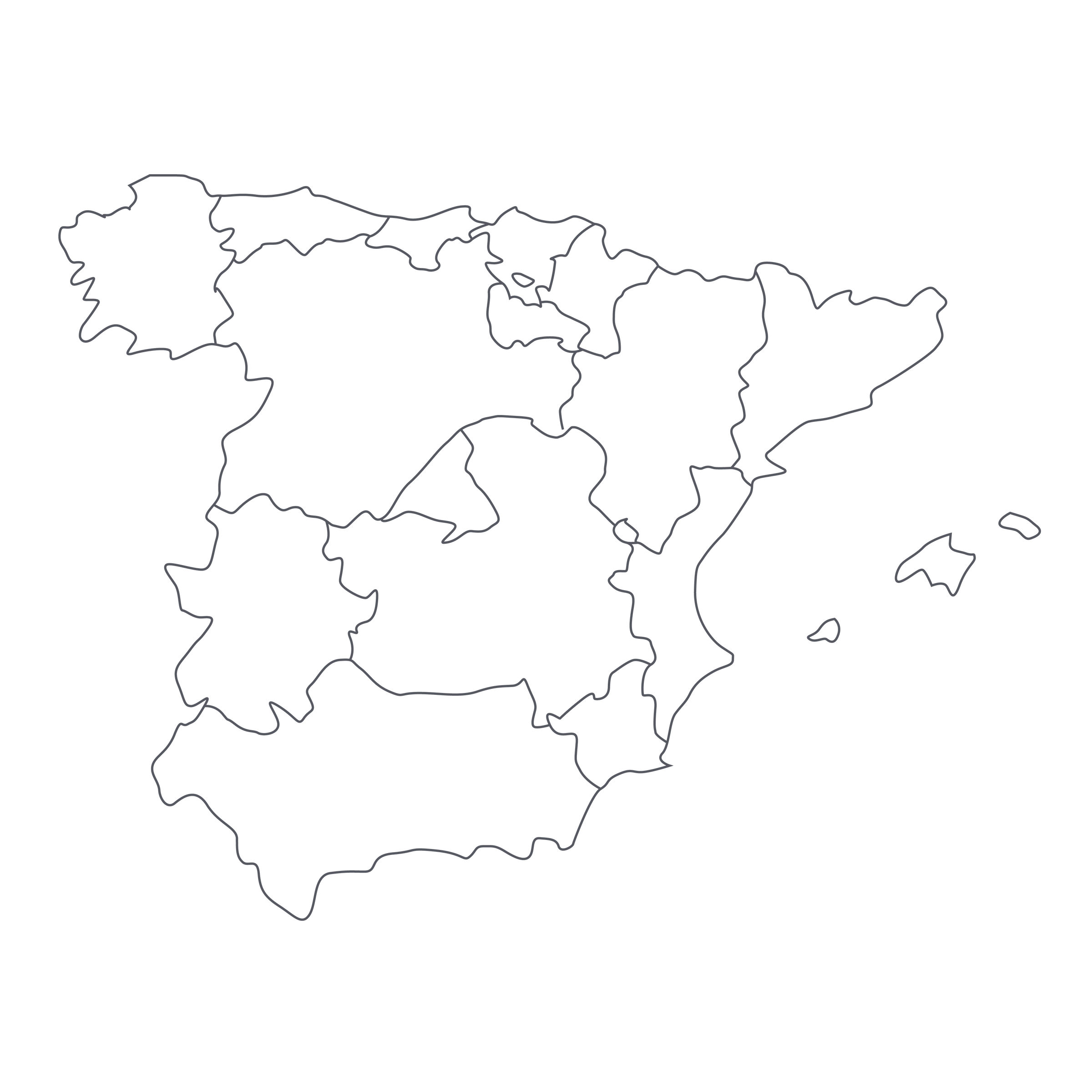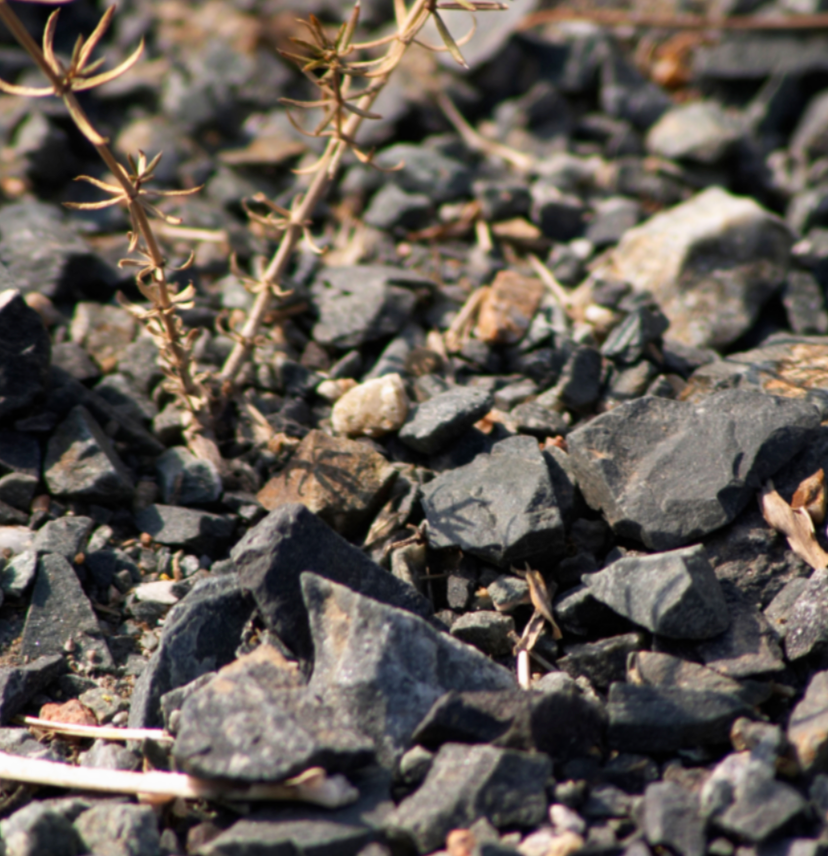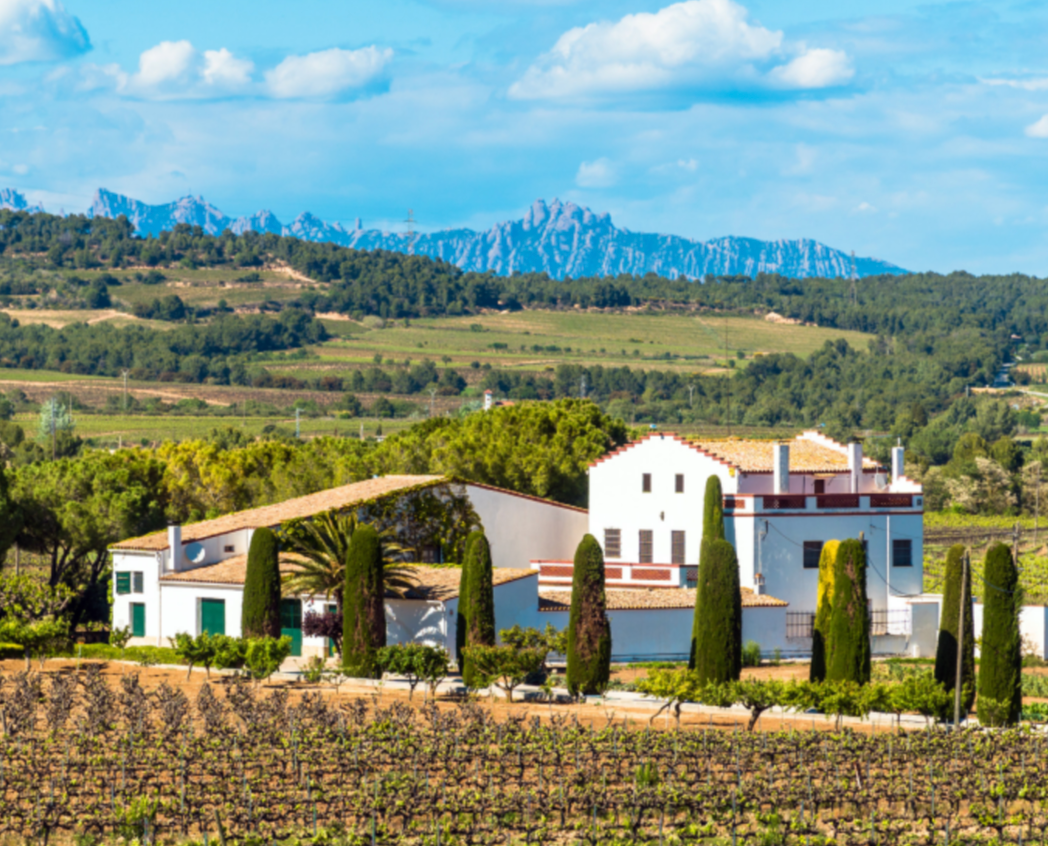Earlier this year, the New York-based wine importer Michael Skurnik Wines officially set up operations in California, and heralded the occasion with a big trade tasting in San Francisco. Amid a roomful of top producers from all over the world, one table was especially crowded the entire day—that of Spanish sensation Raúl Pérez, a native of the Bierzo region and a newly minted star in the international wine community.
Pérez has launched several wine projects focused on native varieties, natural winemaking techniques, and once-forgotten terroirs—particularly those in the steep, snaking river valleys of Northwest Spain. Although locals have continued to cling to vineyards in places like Ribeira Sacra and Bierzo—vineyards which themselves often cling to hillsides with the help of stone terraces—the broader Spanish wine ‘industry’ had passed them by until people like Pérez started shining fresh light on them. As we’ve noted before, Northwest Spain is one of the most dynamic wine regions on the planet right now, and not just for sea-kissed whites from Albariño but for reds with the mineral drive and focused energy of the best Cru Beaujolais and Northern Rhône reds. La Vizcaína de Viños is a Pérez project focused on heritage vineyards in his native village of Valtuille de Abajo—old-vine sites and wines driven primarily by the Mencía grape. Mencía can be compared to numerous classic grape varieties, but I couldn’t get both Côte-Rôtie and Hermitage out of my mind as I tasted this stunning 2013. This is a serious wine—deeply perfumed, mineral, and powerful in the tightly coiled manner of the best cooler-climate reds. It’s not about extract, it’s about energy—an absolute must-try, not to mention a wine poised to improve for many years in the cellar. If you love great French reds—great reds from anywhere, really—this is a no-risk, high reward venture out of your comfort zone. It is most definitely one of my favorite discoveries of the year and I can’t wait to open another bottle.
This is not the first Raúl Pérez wine featured on SommSelect (we’ve offered reds from his eponymous label, also in Bierzo), and it won’t be the last: What he has achieved in a relatively short period of time is impressive, to say the least, and, as he would be the first to tell you, it helps to have access to heirloom vines in historic terroirs. Pérez originally gained international recognition working with his mentor, Alvaro Palacios, on assorted projects throughout northwest Spain (and beyond), but his home base is Bierzo, which is situated right where the Galicia region gives way to Castilla y Léon. From 1993-2004 he was the winemaker at Castro Ventosa, his family’s historic Bierzo winery, after which he founded his own label in the same village—Valtuille de Abajo. His family owns about 15 hectares of vineyards in and around Valtuille, which are broken up into tiny parcels farmed by many individual growers. La Vizcaina de Viños is a label focused on single-vineyard, old-vine wines from Valtuille, with all wines sourced from vineyards exceeding 50 years of age.
As with the Galician wine zones, Bierzo experiences a cool, wet Atlantic Ocean influence, but as you move eastward, to lower altitudes closer to the Sil River, the influence of the warmer, drier plains to the east can be felt. At higher elevations (often 1,000+ meters) the Bierzo soils are a mix of slate and granite, transitioning to more “alluvial” material—sand, silt, and clay—in the lower-lying areas. Valtuille is indeed part of the latter “Bierzo Bajo,” although, at around 600 meters elevation in its own right, there’s nothing especially bajo about it. “La Vitoriana” is the vineyard source for this bottling—it is planted to 90-year-old Mencía vines (as well as other local grapes not printed on the label) in clay soils. The wine was fermented with its grape clusters intact in large wooden vats, then aged for a year in French oak barriques.
I might have expected a lusher, broader style of wine here, coming as it does from clay soils, but there’s a brightness, a focus, and a mineral core to this 2013 that had me thinking of Côte-Rôtie. As is typical of Mencía-based reds, the wine has a deep, nearly opaque crimson-red color with purple and pink highlights at the rim. The aromas are a heady mix of black raspberry, blueberry, red and black currant, damp violet, and turned earth with delicate olive and meat notes in the background. It is deep, dark, and powerful yet lifted and tensile, with moderate alcohol. Give it about 30-60 minutes of air and it is eminently enjoyable now at 60-65 degrees in Burgundy stems, but I would also not hesitate to lay this wine down for 10+ years. It is poised to become a supremely elegant wine—truly world-class in every respect. I can’t recommend it highly enough, and its culinary applications are many: given the time of year, the attached Galician specialty,
Caldo Gallego, seems entirely appropriate. Cheers!





